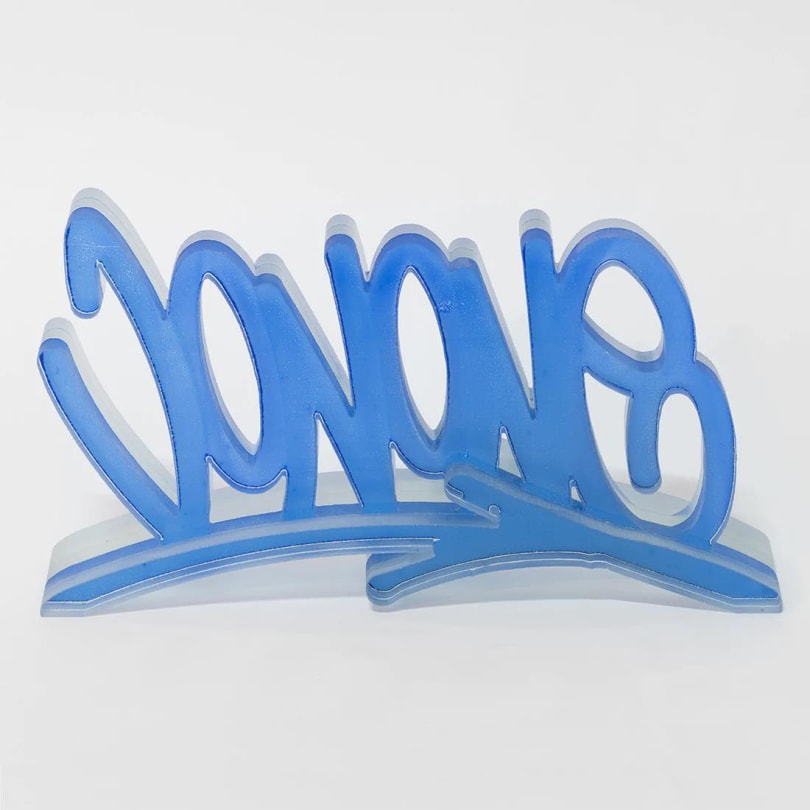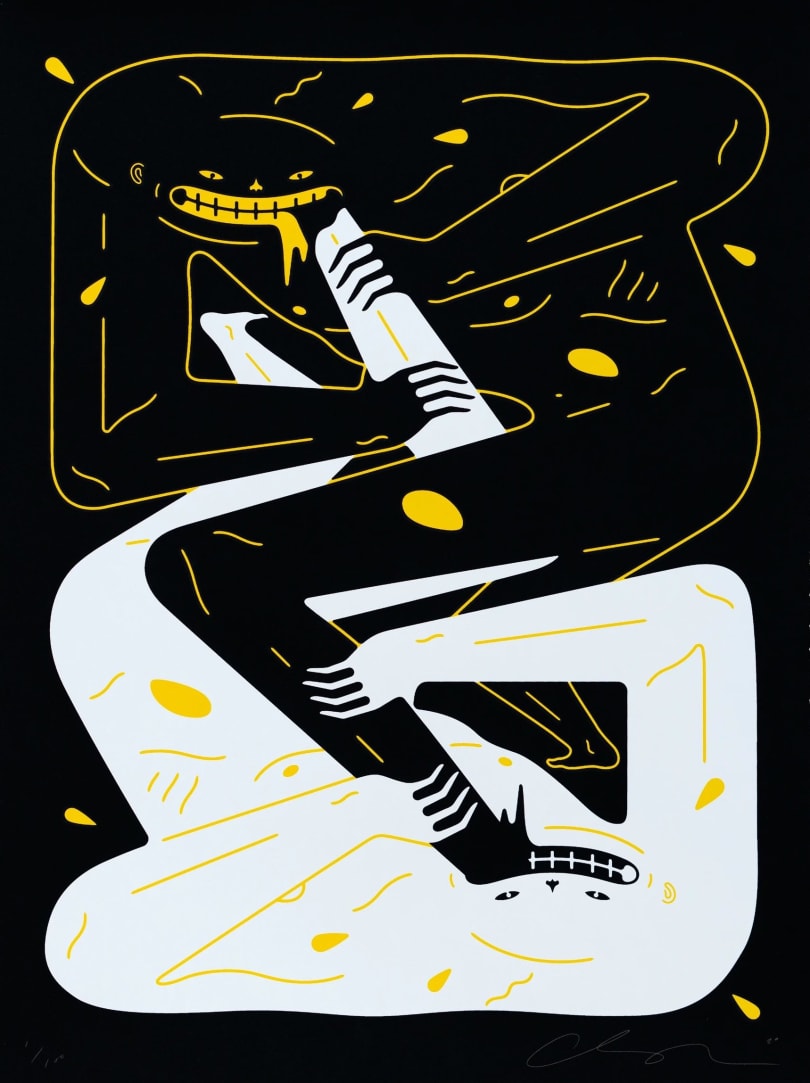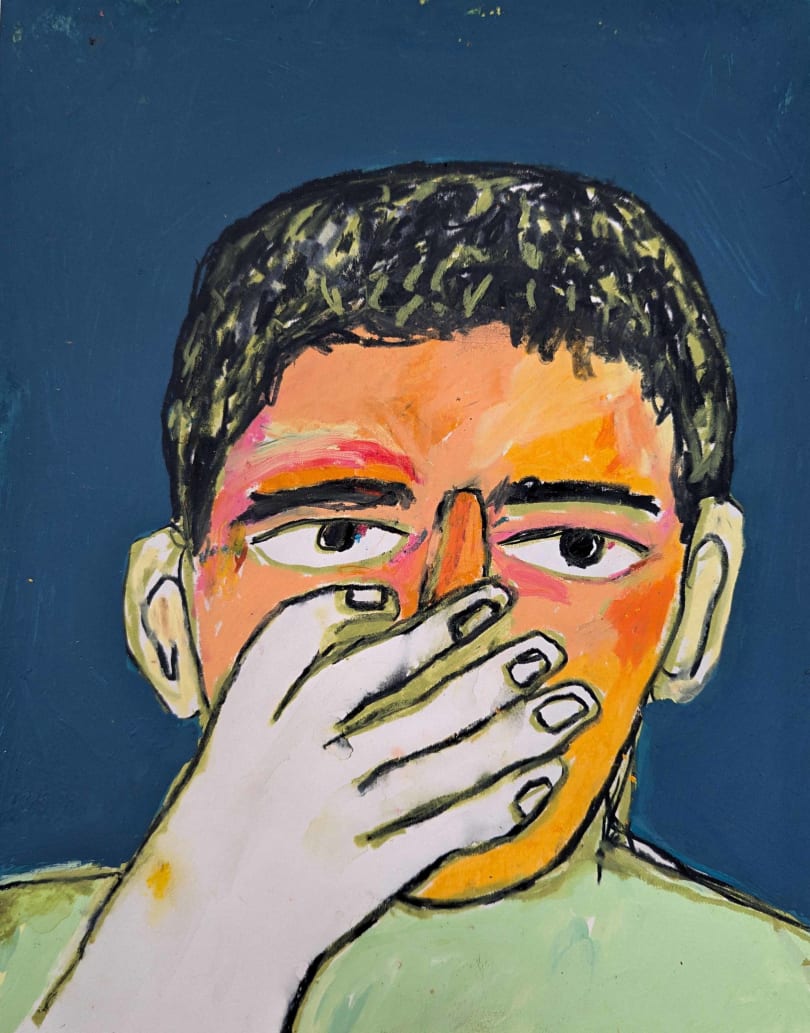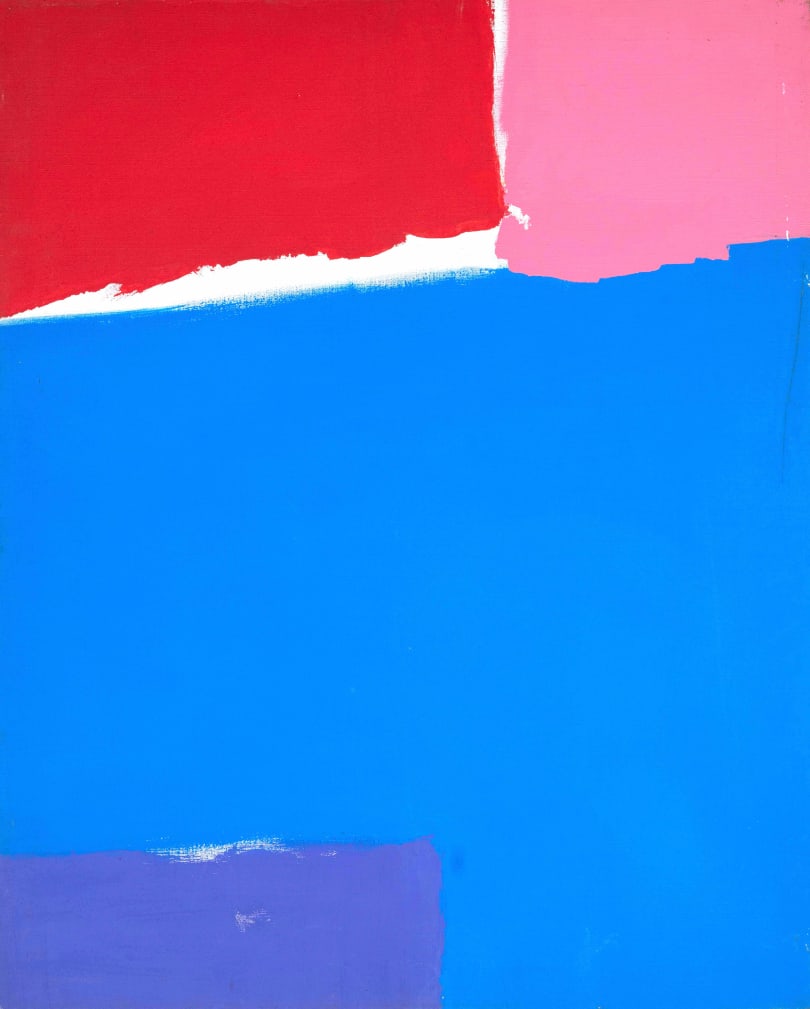
Artwork information
Category
PaintingTechnique
Oil on canvasDate
1950 - 1975Dimensions
50 cm x 65 cmDimensions with frame64 cm x 79 cm
Signature
Signed lower leftProof(s) of authenticity
Painting sold with a certificate of authenticity issued by the Gen Paul committee.State of conservation
Very goodFraming
YesLocation
Toulouse, FranceDescription
A very nice oil on canvas by Gen Paul (1895-1975) entitled "Jockeys". This painting represents several jockeys, in an expressionist style and using bright colors. Looking at this painting, one has the impression that the horses are in motion.
This work is signed in the lower left corner.
The artist

Bio
Eugène Paul, known as Gen Paul, was born on 2 July 1895 in Paris. A painter, drawer, engraver and lithographer, Gen Paul was a close friend of Louis-Ferdinand Céline. Gen Paul was a self-taught artist who was generally associated with French expressionism, learning engraving from Eugène Delâtre.
Eugène Paul grew up in a house in Montmartre, more precisely at 96 rue Lepic. A house that has seen many artists and creators pass through. From an early age, Eugène Paul practiced drawing and painting, artistic practices that he discovered through his parents; his mother was an embroiderer and his father a musician in a cabaret.
Initially, Gen Paul trained in the manufacture of decorative furniture, but when the First World War broke out, he was sent to the front and was wounded twice, once seriously: he lost a leg. During his convalescence, he began to paint again and became friends with Juan Gris, whom he met at the Bateau-Lavoir in Montmartre.
Gen Paul's influences are complex and multiple, his early works reflect cross influences, those of his friends in Montmartre: Maurice Utrillo, Maurice de Vlaminck and Franz-Will. He also developed a pronounced taste for expressionism and was inspired by artists such as Henri de Toulouse Lautrec, Vincent van Gogh, Paul Cézanne, El Greco, Francisco de Goya and Diego Velazquez. We can also mention the cubist influences of artists such as Fernand Léger, Pablo Picasso or Juan Gris, which can be found in some of his paintings.
In contrast to other expressionist painters of his time, especially the German painters, Gen Paul painted rather cheerful and optimistic works, they show a certain joie de vivre and even an art of living. Some art historians consider Gen Paul to be the precursor of the forms that led to abstract expressionism in the 1950s.
"Author of landscapes, portraits and a very large number of compositions in which he seeks to render movement in its many aspects (animation of the streets of Paris, funfairs, train stations, horse races, musicians playing), Gen Paul very early on asserted a vigorous personality which is above all imposed by an uncommon exuberance and dynamism. His reputation as an innovator is due to the violent style of his work and the jaggedness of his colours, even though his themes remain attached to the observation of everyday life." Les Muses, encyclopédie des arts
The first known painting by the artist is called Moulin de la Galette, a view from his window dating from 1916. Gen Paul exhibited for the first time in 1920 at the Salon d'Automne and the Salon des Indépendants, and in 1928 his works were exhibited alongside those of Chaim Soutine and Pablo Picasso. In 1934, he received the Légion d'honneur for his contributions to art.
In 1942, his friend Louis-Ferdinand Céline asked him to illustrate two of his novels: Voyage au bout de la nuit and Mort à crédit. The painter from Montmartre was also a friend of Django Reinhardt and Sidney Bechet. In addition, Gen Paul had a particular attraction to the United States, jazz and classical music. Gen Paul died in Paris on 30 April 1975.
"Gen Paul did not just paint one masterpiece about the Moulin Rouge. He had used it hundreds of times. He painted with the help of old tubes of paint and canvases that his friend Juan Gris passed on to him. With a cigarette in his mouth and a glass of wine in his hand, he painted an art that must be defined as expressionism in motion. Rhythm, emotion, great powerful lines that come together or move apart, that is the art of Gen Paul, this marginal and provocative man, "the last of the devastators" as he used to say... His Moulin Rouge, although they do not show the dancers, which he painted until his last days, make us feel the whirlwinds of the cancan, the festivities of the popular balls, the taste for music that the painter always knew how to cultivate. It was as if the wings of the Moulin chanted the beating of his heart, as if the red colour of the turret was that of his blood. And maybe it was really so: hadn't his parents met and loved each other at the Moulin Rouge?" Francesco Rapazzini







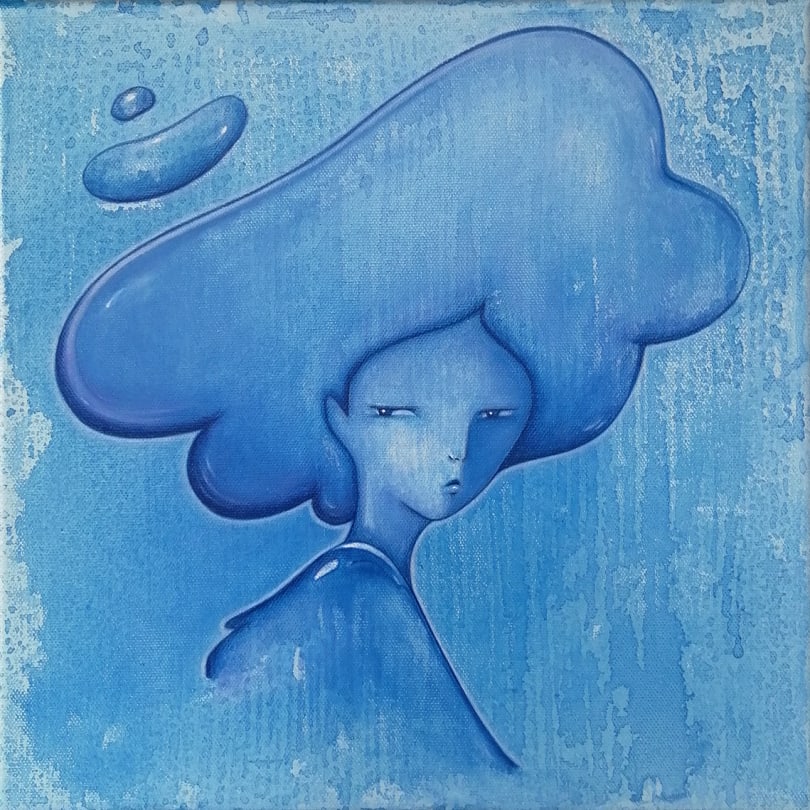



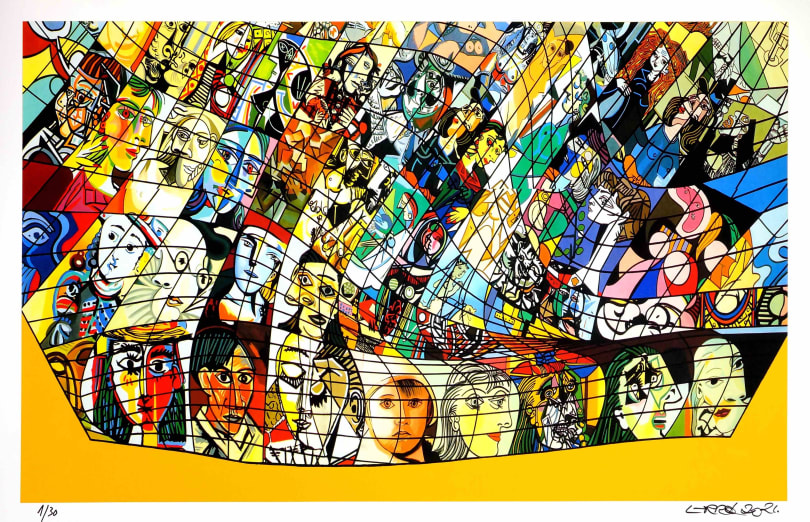
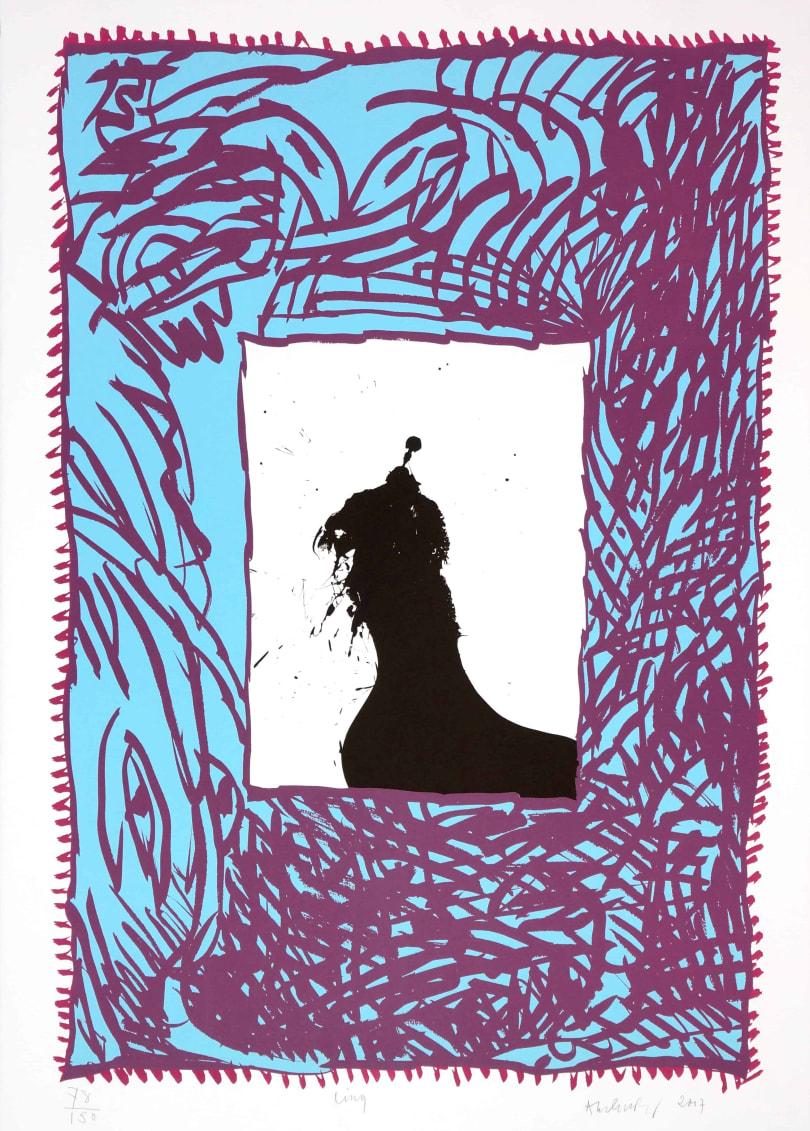







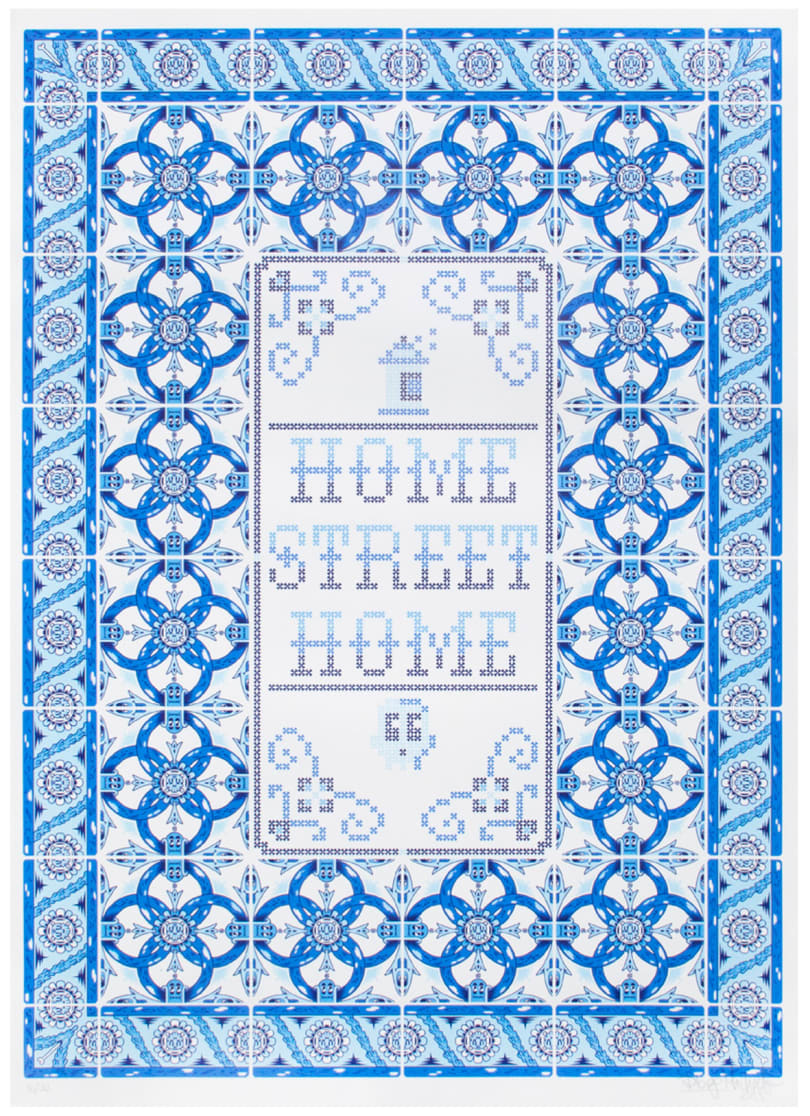


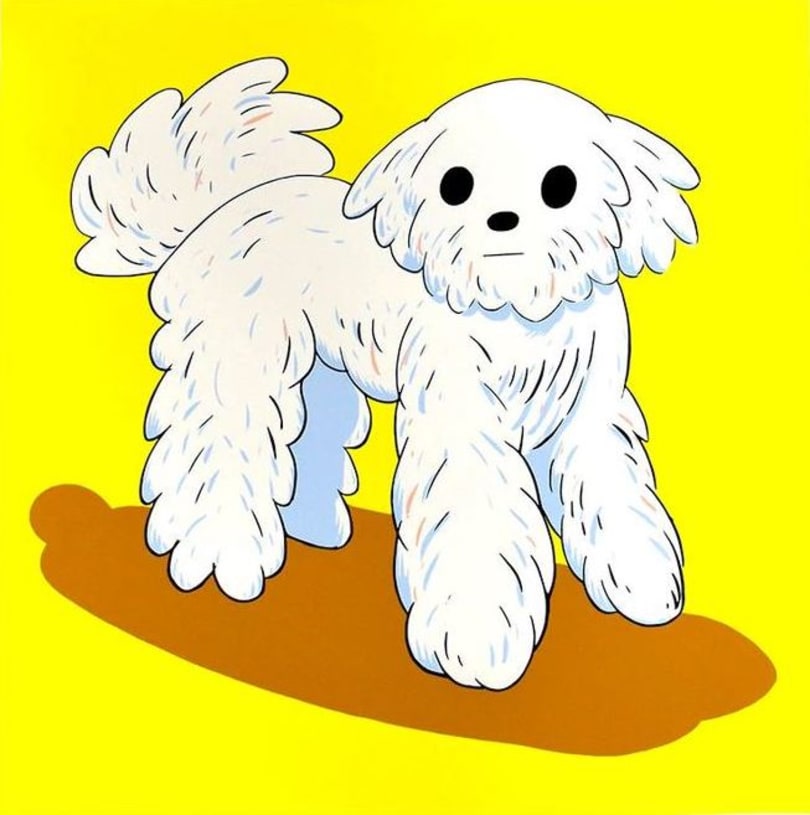
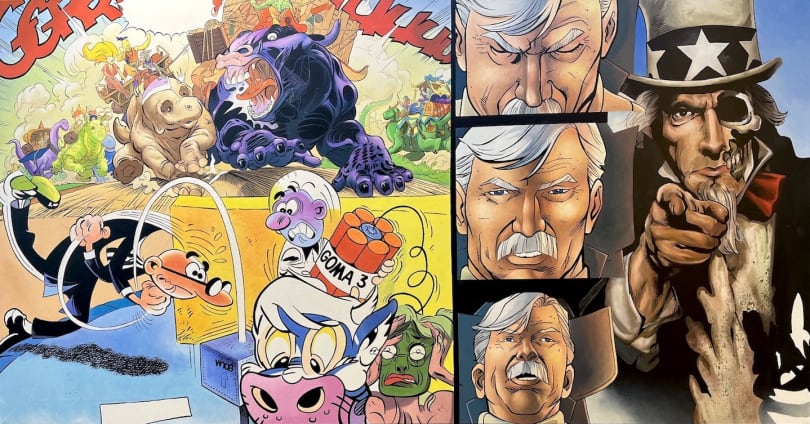


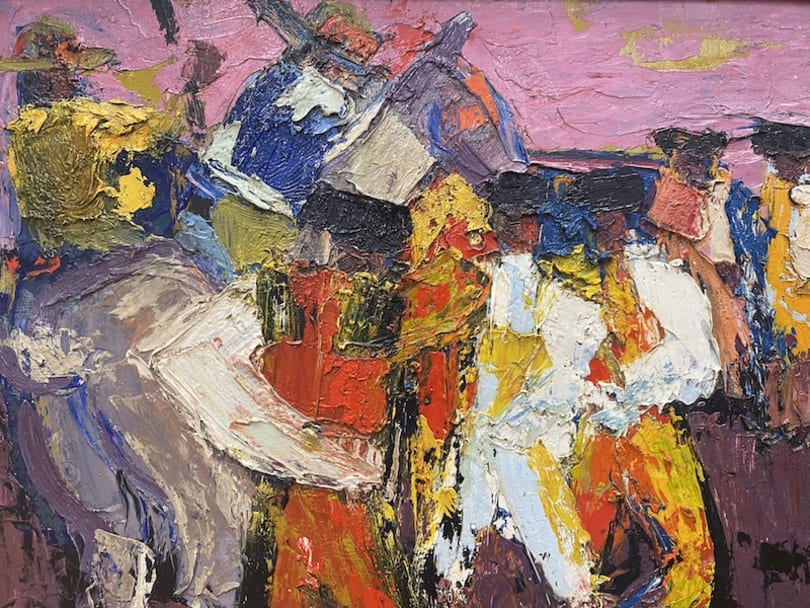
.jpg)


.jpg)


